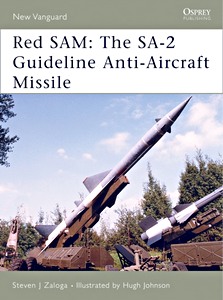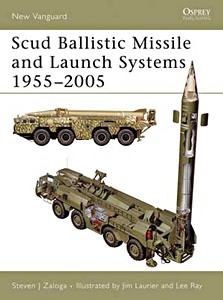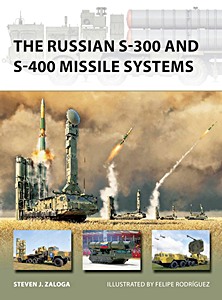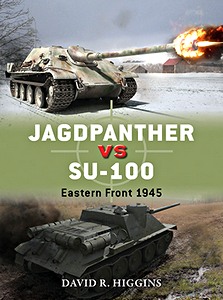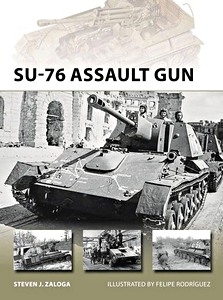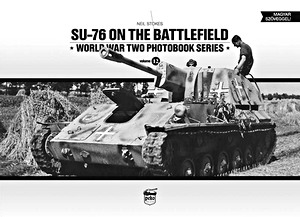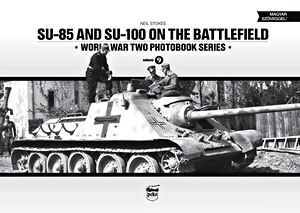Katyusha : Russian Multiple Rocket Launchers 1941-Present (Osprey)
Although military rockets have been used since the Middle Ages, it was not until the Soviet Union pioneered the concept of Multiple Rocket Launchers (MRLs) in the late 1930s that they emerged as a decisive weapon. In the modern era, these Soviet/Russian Katyushas have served in combat in Afghanistan, Chechnya, and Georgia.
Developed to fill the operational need for massed artillery fire support, the MRL possesses enormous destructive power and a devastating psychological impact.
This New Vanguard book provides a survey of Soviet and Russian Federation MRLs from the beginning of their development in 1941 to the present. It focuses on the history, design, and specifications of self-propelled ground MRL systems, but also covers towed, static, railway, and naval mounts.
It highlights the many variants of the principal systems and include MRL unit tables of organization and equipment, information on MRL munition types, and coverage of dedicated MRL resupply vehicles.
Contents: Introduction - The World War II MRLS - The Cold War MRLs - Modern MRLs - Analysis and Conclusion - Bibliography - Index.
Product details
| Author: | Adam Hook |
|---|---|
| Details: | 48 pages, 9.8 x 7.3 x 0.2 in (25 x 18.5 x 0.5 cm), paperback |
| Illustrations: | 20 b&w and 27 color photos |
| Publisher: | Osprey Publishing (GB, 2016) |
| Series: | New Vanguard (235) |
| ISBN: | 9781472810861 |
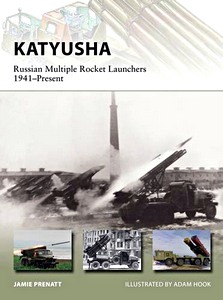
Katyusha : Russian Multiple Rocket Launchers 1941-Present
Language: English
Available on Amazon - safe payment and fast delivery
Buy on Amazon.comBuy on Amazon UK
Buy on Amazon CA

